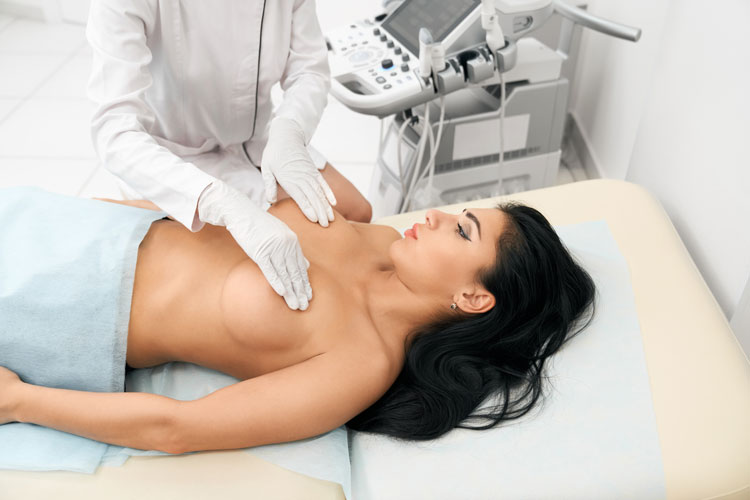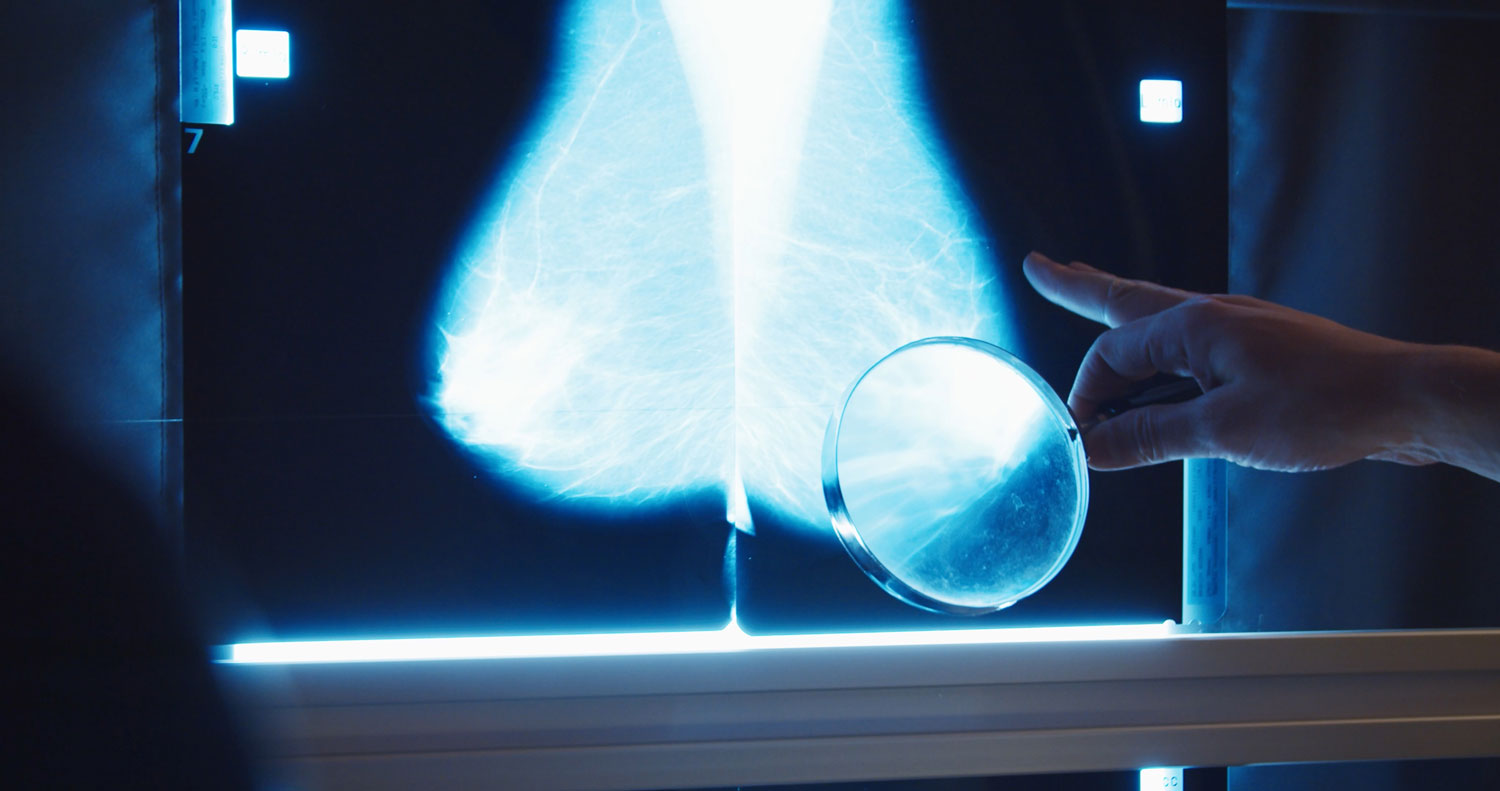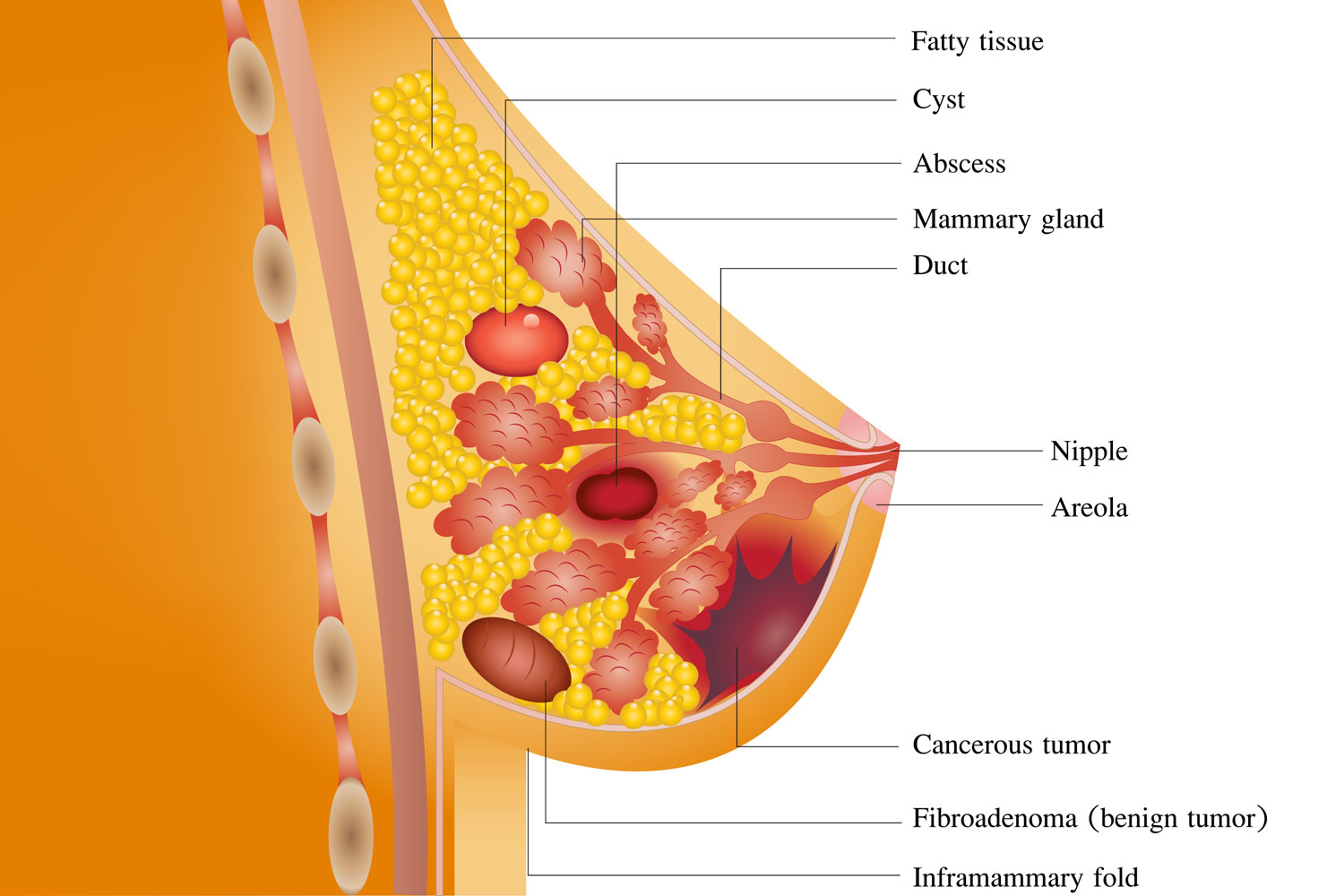
Everything You Need to Know About Benign Breast Conditions
Doctors recommend women to practice breast self-examination regularly for possible early detection of breast cancer. You do it to detect any changes or lumps in your breasts, to detect any possible breast related illness early on. However, it is common for most women to panic once they feel a bump in their chest area. Many may not know that it’s a regular occurrence, and are commonly due to non-cancerous breast lumps. In fact, it is more common to detect benign breast conditions rather than cancer.
That being said, it is still the best practice to consult a doctor once you feel or notice any changes in your breasts. At the same time, it is best not to panic once you do notice any lumps or changes in the breasts. To help ease your mind and avoid panic, here is a guide on everything you need to know about benign breast conditions, its symptoms, and how to prevent them.
Signs and Symptoms of Benign Breast Conditions

Different types of benign conditions concern a woman’s breast, though they all share some similarities, especially its symptoms. Some affect the glandular tissue (including the milk ducts), while some involve the breast’s supportive tissue, called stromal tissue. Regardless, most of these conditions form a non-cancerous breast lump, which you may feel when you do a self-examination.
If you notice one or more of the following signs and symptoms, seek medical help as soon as possible:
- Pain, swelling, or tenderness in the breast or nipple
- A lump protruding through the breast skin or nipple
- Skin irritation
- Scaling or redness on the nipple or breast skin
- An inverted nipple (nipples are puckered or pulling inward)
- Abnormal nipple discharge (watery, milky, or yellow fluid or blood)
- Yellow or green discharge usually means it’s benign, while clear or tea-colored discharge may be a sign of a more serious condition
However, take note that the signs mentioned above may also be associated with breast cancer. Once you notice even one of the following symptoms, consult your doctor for a complete diagnosis.
Diagnosis of Benign Breast Conditions

Again, not all breast change automatically means cancer; sometimes, it’s just a non-cancerous breast lump. To ensure your health is not at risk, ask your doctor and go under a medical process to diagnose the issue. The goal of diagnosis is to know if the lump is benign and how it affects the chances of developing cancer.
The medical procedure may include the following steps:
- Physical Exam
- Your doctor will examine your breast, paying close attention to the areas where the lump or change is prominent. You will also be asked to disclose your full medical history, current and previous symptoms, general breast health, and risk factors for breast cancer. Be honest with your doctor for a precise diagnosis.
- Imaging Test
- Commonly, mammograms and ultrasound are done to detect forms of benign breast conditions. Mammograms do an X-ray examination of your breast tissue. On the other hand, ultrasound is an excellent way to differentiate fluid-filled lumps (called cysts) and solid bumps (which might be benign or cancerous). If these two procedures do not provide sufficient information, a breast MRI may be required by your doctor.
- Nipple Discharge Analysis
- If you notice nipple discharge, a sample can be taken and examined under a microscope to discover blood or other abnormal cells. In some cases, doctors run additional tests to form a definite diagnosis.
- Biopsy
- Here, the doctor removes a tissue sample and examines it under a microscope. You may undergo two kinds of biopsy: a core needle biopsy (removing a thin piece of breast tissue) or an excisional biopsy (removing abnormal tissues in the breast).
The type of testing you need to go under will depend on your symptoms and early prognosis of your doctor. At the same time, you will not know your current situation with just one consultation. Finding out your results is a waiting game. Still, keep stressful thoughts out of your mind. Remember, benign breast conditions are more common than breast cancer.
Causes of Benign Breast Conditions

It is hard to say how to prevent or avoid benign breast conditions, as it may happen to anyone. Family genetics usually play a huge role in whether or not you develop such a condition within your lifetime. However, it does not mean you cannot do anything to lower its risk.
Lifestyle choices are among the most essential factors in developing any form of disease or condition, especially concerning the breast. Obesity and over indulgence in vices, such as excessive alcohol consumption and smoking, increases the risk of breast conditions. If you want to avoid it as much as you can, make sure to eat healthily, exercise regularly, and quit or limit your vices.
Hormone problems may also cause irregularities in the breast. Hormone therapy, birth control pills, pregnancy, menopause, being overweight, infection, and breastfeeding cause change in your breast, but not necessarily result in cancer. If you are undergoing hormone therapy or taking birth control pills, ask your doctor for other safer options.
Finally, as women age, the risk of developing benign breast conditions becomes higher. Aging is inevitable. What you can do is to, again, live a healthier lifestyle. Also, regular check-ups are necessary. Practice self-exams regularly, and doctors even recommend undergoing mammograms every other year.
Types of Benign Breast Conditions

Breast Cysts
Breast cysts are round non-cancerous lumps filled with fluid. They are usually benign and do not increase the risk of cancer. About 25% of bumps detected in the breast turn out to be cysts. The bumps may be very tiny, or they can be large enough to bulge through the skin or show up in medical exams.
This condition is common among women in their 40s, though it may happen to anyone at any age. In most cases, develop multiple benign cysts, either at once or throughout their lifetime. Cysts may cause pain, tenderness, or lumpiness in the breast.
Fibrocystic Breast Changes
Fibrosis is the thickening of the breast tissue that can be felt through the skin. It commonly happens when you develop fluid-filled cysts, though in some cases, women experience this even without any cyst forming.
Fibrocystic breast changes are frequent and do not increase the risk of cancer. About half of all women experience this at least once in their life. Premenopausal women are common targets of fibrosis due to shifting hormone levels. Such breast changes may result in swelling, pain, tenderness, and nipple discharge.
Fibroadenoma
Doctors consider fibroadenoma as the most common type of benign breast tumor. It forms a painless, round, or oval shape lump that has a rubbery-feeling. It usually grows up to 2.5 centimeters (cm) in diameter, then shrinks overtime.
High estrogen levels, especially during pregnancy or home therapy, causes the fibroadenoma to grow. Women usually develop this non-cancerous breast lump, though some cases include multiple in one or both breasts.
Even if most cases of this condition are benign, variations like “complex fibroadenoma” may increase the risk of developing breast cancer.
Calcifications
Breast calcifications are small deposits of calcium found in the breast’s ducts or lobules. It shows through mammograms as bright white specks or dots, commonly after menopause. It does not cause any severe condition; instead, it signals benign change within your body. However, if your doctor notices smaller, irregularly-shaped calcifications clustered together in one area of the breast, it is best to look into it as early detections of breast cancer.
Central Intraductal Papilloma
Intraductal papilloma is the formation of one or more benign tumors in the breast duct. It is less than 1 centimeter (cm) small, though it can grow up to 5 or 6 cm.
This is common among women between ages 30 and 50, and it usually shows in mammograms. A physical sign of the condition includes a bloody or clear nipple discharge that happens spontaneously.
It requires minor surgery to remove small tumors, and is then examined for any traces of abnormal cells that resemble cancer cells.
Papillary Apocrine Change
Papillary apocrine change is a rare condition, where a lining of cells forms inside the breast duct. This condition, in itself, is not that harmful. However, it may occur alongside conditions, increase the risk of developing breast cancer.
These are some of the benign breast conditions out there. Again, not all of these diseases are immediate signs of breast cancer. However, it is best to consult with your doctor to get a proper diagnosis.
